Rough ride expected as Team Alvimedica leads fleet to Cape Horn
Published on March 29th, 2015
by Anderson Reggio, Team Alvimedica Navigational Shore Support
By the time Team Alvimedica rounds Cape Horn on Monday afternoon, the Volvo Ocean Race crew will have completed what they will likely describe as the most exhilarating 950-mile drag race of their lives. After settling in on the final port gybe mid-afternoon on the 28th, the team was surely exhausted and anxious for a respite. Even the mighty Stu Bannatyne was probably looking for a bit of shut-eye.
You’ll be hard pressed to find a more strenuous 63 hours than what they endured, gybing 33 times since first encountering the ice limit on the 26th. However, that sought-after respite was not to come, as this single tack stretch to the infamous Horn has given the six boats of this Volvo Ocean Race some of the toughest conditions seen thus far.
Put the pedal down and aim for the point would seem like the obvious tactic, but it has been a challenge having to balance between keeping the boat going fast and keeping the boat in one piece.
Every article you read about Cape Horn describes it as a desolate, nasty place with storms and waves and wind and ice… not for the faint of heart. Everyone hopes to enjoy their Cape Horn moment and expects it to be something special. For this year’s Volvo fleet, that may be more accurate than they wish, as the conditions in which they may find themselves as they round could be quite “special” indeed.
At only 500nm wide, The Drake Passage between South America and Antarctica is a place where storms compress and strengthen. The Andes Mountains provide a natural roadblock and the two land masses a natural funnel. One of the Barcelona World Race boats found out the hard way what could happen when they ran into a 70kt tempest when rounding the Horn just a week before our fleet departed Auckland. Now our fleet finds itself in a very similar (albeit slightly weaker) situation with a low-pressure system chasing the front five, giving them sustained winds between 25 and 30 knots.
Forecasts show that this breeze should drop to the mid-teens as they approach the Horn midday on the 30th but that may be a bit of a red herring. Remember the Barcelona World Race boat? Their forecast winds were 25-30 knots, more than half of what they actually saw.
It is totally conceivable for winds to accelerate around the tip and funnel through the lowlands, continuing to provide rocket ship speeds for the fleet as they pass the rock and head towards the Atlantic Ocean. It will likely be quite rough past the Horn, around the corner, and for the first couple of days into the Atlantic. Their respite will come, but likely not any time soon.
Prior to every leg, part of my job for Team Alvimedica involves putting together a playbook of sorts, outlining for the squad the various strategic options they may encounter. At the beginning of the document are emboldened the key points to focus on throughout the leg, items to constantly keep in mind regardless of how hard you want to push or what the tactical call might be.
At the top of the Leg Five Roadbook it is written simply, “Get to Cape Horn fast and safe with all your Legos still attached. The boat to make it there with the most of their boat still intact will win this leg.”
At the moment of this writing, Team Alvimedica was still leading the pack on their way to the Horn. Here’s hoping our boys can bring one home – they’re in their best spot yet for a victory with a third of the leg remaining.
Race website – Tracking – Scoreboard – Videos – Crew list
Background: The 2014-15 Volvo Ocean Race began in Alicante, Spain on Oct. 11 with the final finish on June 27 in Gothenburg, Sweden. Racing the new one design Volvo Ocean 65, seven teams will be scoring points in 9 offshore legs to determine the overall Volvo Ocean Race winner. Additionally, the teams will compete in 10 In-Port races at each stopover for a separate competition – the Volvo Ocean Race In-Port Series. The fifth leg, from Auckland, NZL to Itajaí, Brazil (6,776 nm), began March 18 with an ETA of approximately April 4.


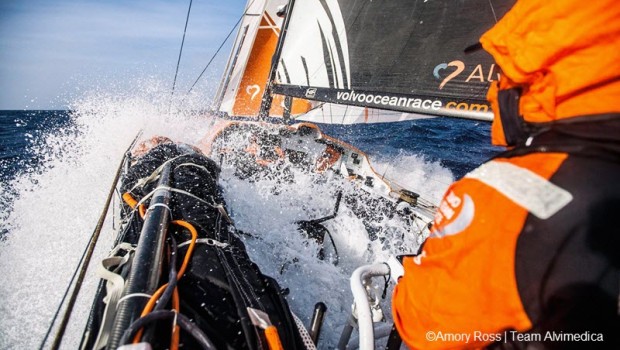

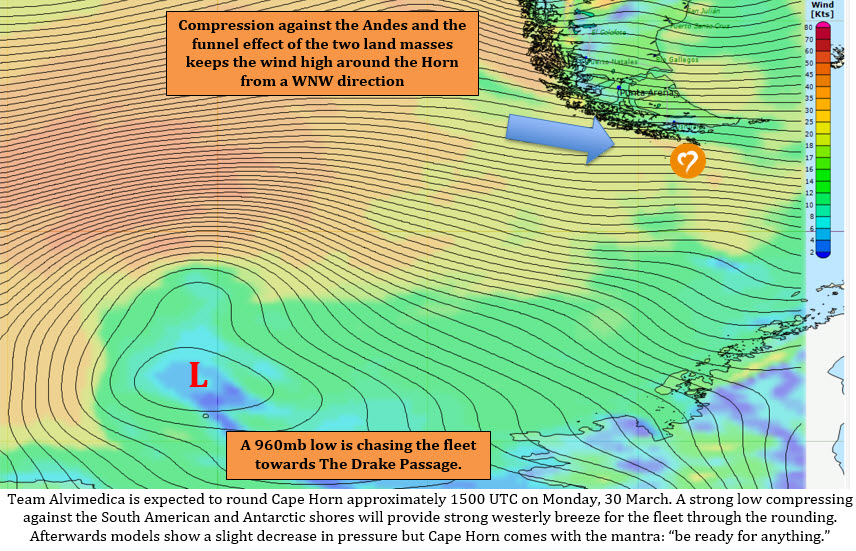

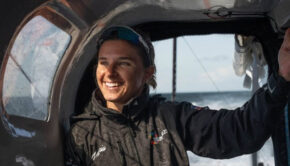
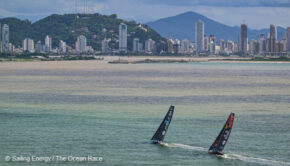
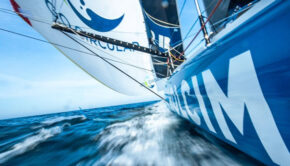
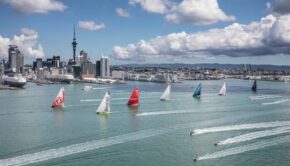
 We’ll keep your information safe.
We’ll keep your information safe.